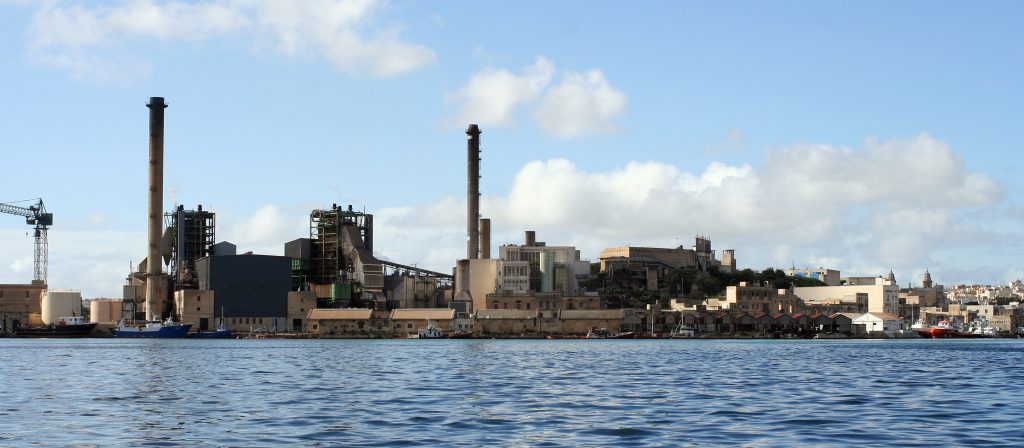Many people are worried about the level of chemical pollution in the modern world. So should we really be concerned? Are these chemicals polluting the environment and compromising our safety?
Sources Of Chemical Contamination In The Environment
- In food in the form of colourings, flavour enhancers, pesticides, herbicides, growth hormones, antibiotics, industrial solvents, etc.
- In the water supply in the form of run off from farming, industry and recycled drugs such as the contraceptive pill.
- Direct consumption of both medical and recreational drugs.
- Personal care products; these can be skin, eye or mucus membrane irritants. If the molecular size is small enough to go through the skin, these products can enter the blood stream and cause problems internally. We just do not know the long-term effect of these combination of chemicals in skin care products.
- Household cleaning and construction products. Modern furniture and furnishings makes extensive use of man-made chemicals particularly plastics and glues.
- In the air from cars, planes, industry, cigarette smoke, etc. Diesel exhaust contains more than 40 chemicals listed as toxic air contaminants, carcinogens, reproductive toxins or endocrine disrupters. Azchemistry.com says: “In general, there are two sources of air pollution: pollution due to natural sources, such as volcanic eruptions, and those derived from human activities, such as those originating from transportation, plant emissions, and others … The biggest sources of air pollution due to human activities such as motor vehicle fumes, cigarette smoke, garbage burning fumes and activities in the chemical industry. The destruction of the green land or trees in the area can also worsen the air quality in the place.”
What about “forever chemicals”?
Researchers at the University of Notre Dame found that:
“Many cosmetics sold in the United States and Canada likely contain high levels of per- and polyfluoroalkyl substances (PFAS), a potentially toxic class of chemicals linked to a number of serious health conditions”.
There are around 9,000 compounds, which are dubbed “forever chemicals” , because they don’t fully break down and accumulate in the environment and humans.
PFAS, or per- and polyfluoroalkyl substances, are typically used to make products water and stain resistant. They’re so effective that they’re now used across dozens of industries and added to a wide range of products, including food packaging, cosmetics, cookware, waterproof textiles, guitar strings, dental floss, firefighting foam and stain protectors like Scotchgard that is commonly applied to carpet and furniture.
An increasing body of science has linked the chemicals to a range of serious health problems such as cancer, liver disease, decreased immunity, kidney disease, plummeting sperm counts, endocrine disruption, high cholesterol, birth defects and more.
As their name suggests, they are widespread and don’t break down. Without further intervention they will be with us forever, insidiously damaging our health and that of the wider environment.
How bad is chemical pollution?
This is difficult to assess for several reasons:
-
- Many of the detrimental effects may happen only after long-term exposure. This is difficult to prove.
- Some chemicals are not broken down easily and so will accumulate in the body’s tissues (bio-accumulation). According to Friends Of The Earth our bodies are now contaminated with over 300 man-made chemicals . Removal of these is difficult.
- There is a large amount of individual variation in people’s susceptibility to these chemicals. People who are allergic to a chemical will experience toxicity problems at a much lower level of exposure than people who are not.
- Many of the chemical safety tests are carried out on animals that do not necessarily respond in the same way as humans to these chemicals. A shocking example of this was when the drug Thalidomide was given to women with morning sickness. The drug was tested on rodents and was deemed safe. It wasn’t a problem for them. When pregnant women took it, they gave birth to babies with limb deformities and other problems. Because a drug appears safe for an animal, it does not mean it is safe for humans.
- Usually each chemical is tested for safety on its own. Dr Daniel Osborn is Head of Pollution and Ecotoxicology at the Centre for Ecology & Hydrology, Monks Wood. He is at the forefront of the UK’s monitoring of man-made chemicals in the environment:
“… there are still substantial scientific challenges to be overcome because many of the existing procedures can only deal with one chemical at a time, and are not very good at dealing with real world environmental conditions. This is partly because in the laboratory, where much of the data for risk assessment is gathered, conditions are deliberately held constant, whereas in the real world, conditions constantly change. Another potential complication is that risk assessment procedures are often applied one chemical at a time, whereas in reality, living organisms are exposed to mixtures of chemicals that vary in composition and even in their availability.”
Over the years many chemicals that were thought safe have turned out to be detrimental. Mercury, nicotine, arsenic, DDT have all been found to have devastating effects. It is probably wishful thinking to believe that the vast array of chemicals we are now exposed to is not harming us in some way.
Many of the chemical pollutants occur because different chemicals in the environment interact and produce further compounds. The size of the particles is also relevant. The US Environmental Protection Agency says this;
Particulate matter contains microscopic solids or liquid droplets that are so small that they can be inhaled and cause serious health problems. Particles less than 10 micrometers in diameter pose the greatest problems, because they can get deep into your lungs, and some may even get into your bloodstream.
Nitrogen dioxide is part of a group of gaseous air pollutants produced as a result of road traffic and other fossil fuel combustion processes. Its presence in air contributes to the formation and modification of other air pollutants, such as ozone and particulate matter, and to acid rain.
Researchers have found that the long-term exposure to this pollutant may be one of the most important contributors to fatality caused by the COVID-19 virus in these regions and maybe across the whole world.
We just do not know the long term effects of many chemicals, but they are unlikely to be beneficial. A recent study looked at the effect of human pollution on cancer in wild animals.
We do know about some dangers. For example, NYU School of Medicine researchers have found:
Elevated blood levels of toxic chemicals found in pesticides, nonstick cookware, and fire retardants have been tied to an increased risk for celiac disease in young people
Many people think of air pollution as solely affecting respiratory illness, but this is far from the case. The US National Institute of Environmental Health Sciences recognises this:
“When the National Ambient Air Quality Standards were established in 1970, air pollution was regarded primarily as a threat to respiratory health. Over the next decades as air pollution research advanced, public health concern broadened to include cardiovascular disease; diabetes mellitus; obesity; and reproductive, neurological, and immune system disorders.”
We harm ourselves; we harm wild animals; we harm the delicate ecosystem of the planet.
Are all natural products safe?
The US government EPA says:
“It is impossible to say without knowing the product ingredients and understanding their potential effects. Cleaning products marketed as “natural” typically use chemicals made from corn or other biological sources, rather than petroleum. While these cleaning products may be made out of renewable resources, their “natural” ingredients are still chemically identical to those made from petroleum, so their potential health and environmental impacts during and after use would be the same.”
I think the last word should go to the scientists:
“The number of new chemicals has risen from 20 to 156 million from 2002 and 2019. Pesticides, industrial chemicals and pharmaceuticals can enter the environment and the food chain, possibly causing unwanted effects and disease. Medical research estimates that every year nine million deaths are related to pollution. This highlights the need for research to address the chemical complexity of our world and elucidate the multiple links between environmental quality and health.”


